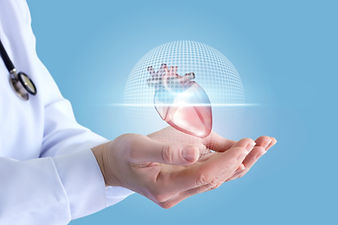Atrioventricular Septal Defect (AVSD)
-
Hole between either the upper or lower chambers of the heart
-
Can be either ASD which is a hole only between the atria
-
VSD which is a hole only between the ventricles
-
-
Treated with open heart surgery
-
Patches are placed to close the holes
-
Done after beginning a heart/lung bypass to support circulation
-
PDA
.jpg)
-
Stands for Patent Ductus Arteriosus
-
Occurs when the ductus arteriosus does not close after birth
-
Symptoms include fatigue, sweating, quick or heavy breathing, disinterest in eating, and not gaining weight as expected
-
NSAIDs can be used in premature babies to help treat
-
Can also be treated with an interventional cardiac catheterization
TETRALOGY OF FALLOT
-
Fairly rare in all children
-
Four different problems
-
Ventricular septal defect
-
Narrow pulmonary valve
-
Enlarged aorta
-
Thicker-than-normal right ventricle
-
This leads to reduced blood oxygen levels in the rest of the body
-
Requires open heart surgery called complete intracardiac repair
-
Children often face problems with age such as arrhythmia and CAD
-
Requires lifelong care with a cardiologist





